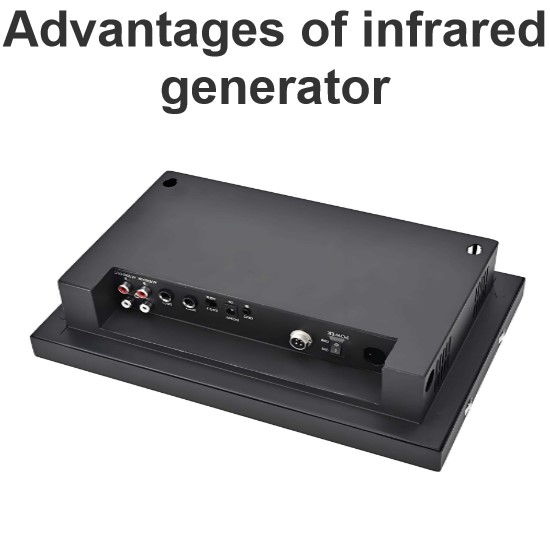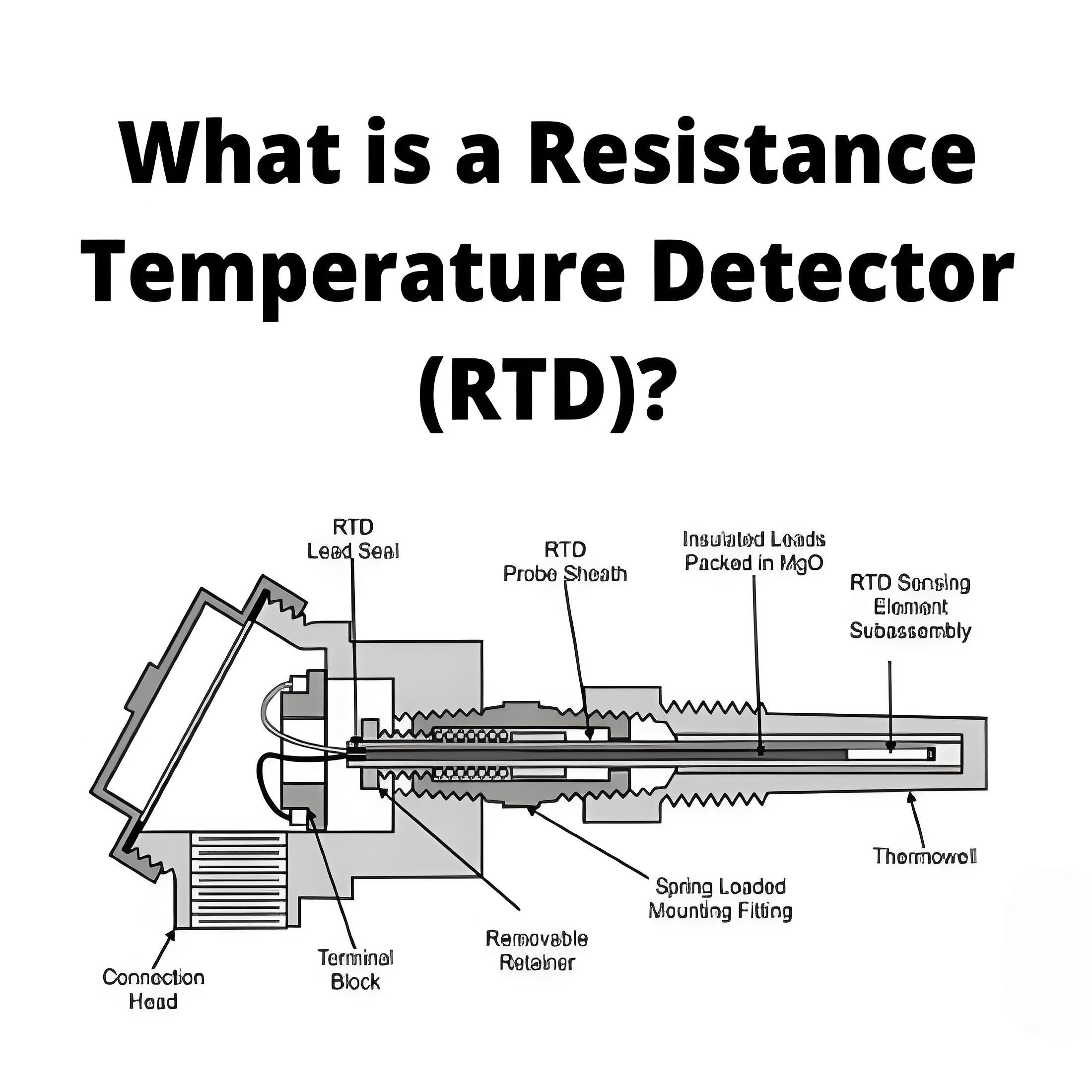What is Schottky Effect?
What is Schottky Effect?
Schottky Effect Definition
The Schottky effect is defined as a reduction in the energy needed to remove electrons from a solid surface in a vacuum when an electric field is applied. This boosts electron discharge from heated materials and impacts the thermionic current, surface ionization energy, and photoelectric threshold. Named after Walter H. Schottky, this effect is crucial for electron emission devices like electron guns.
Thermionic Emission
To understand the Schottky effect, we first need to review thermionic emission and work function concepts.
Thermionic emission is the emission (release) of charge carriers (ions or electrons) from the surface of a material due to the thermal energy given to it. In a solid material, there are usually one or two electrons for each atom that are free to move from one atom to another based on band theory. These electrons can escape from the surface if they have enough energy to overcome the potential barrier that binds them to the material.
The work function is defined as the minimum energy needed for an electron to escape from a material’s surface due to thermal energy. It varies based on the material, its crystal structure, surface condition, and environment. A lower work function results in higher electron emission.
The relationship between the thermionic emission current density J and the temperature T of a heated metal is given by Richardson’s law, which is mathematically analogous to the Arrhenius equation:

where W is the work function of the metal, k is the Boltzmann constant, AG is the product of a universal constant A0 multiplied by a material-specific correction factor λR which is typically of order 0.5.
Electric Field’s Role
Now, we can explain how the electric field affects thermionic emission and causes the Schottky effect.
Applying an electric field to a heated material lowers the potential barrier, allowing more electrons to escape. This reduces the work function by an amount ΔW, increasing the thermionic current. The barrier lowering ΔW is calculated by:
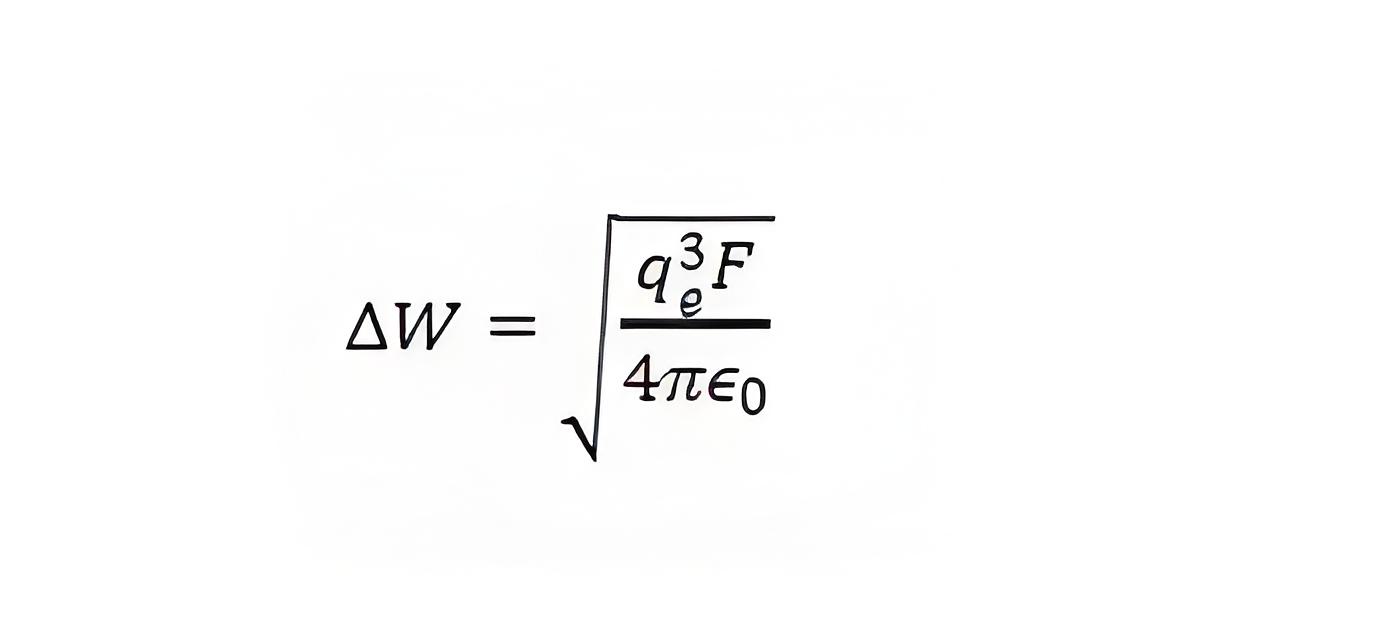
The modified Richardson equation that accounts for this barrier lowering is:
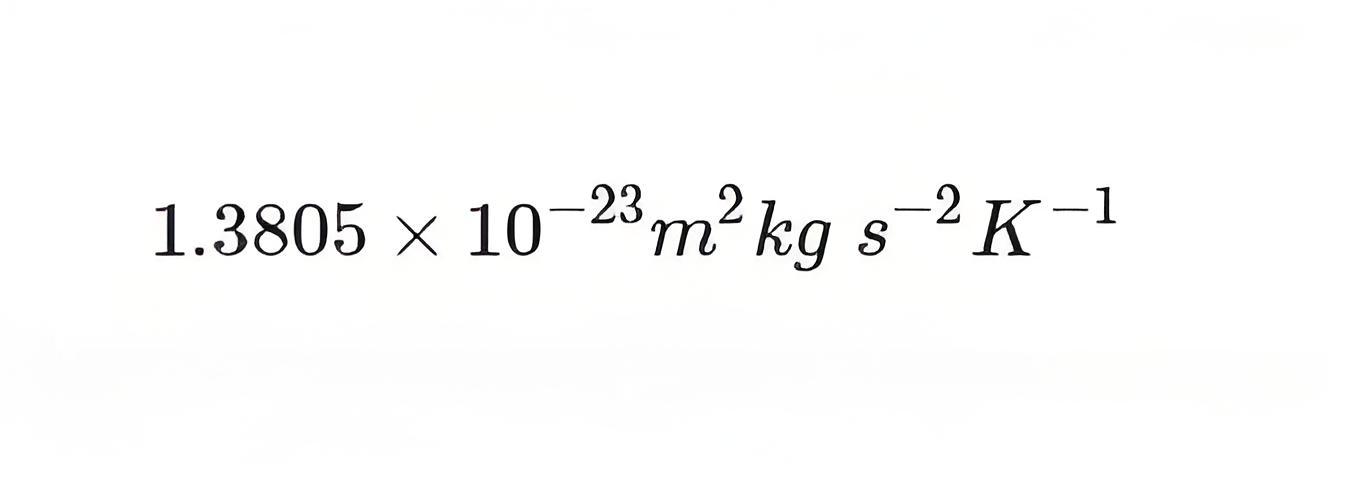
The modified Richardson equation that accounts for this barrier lowering is:
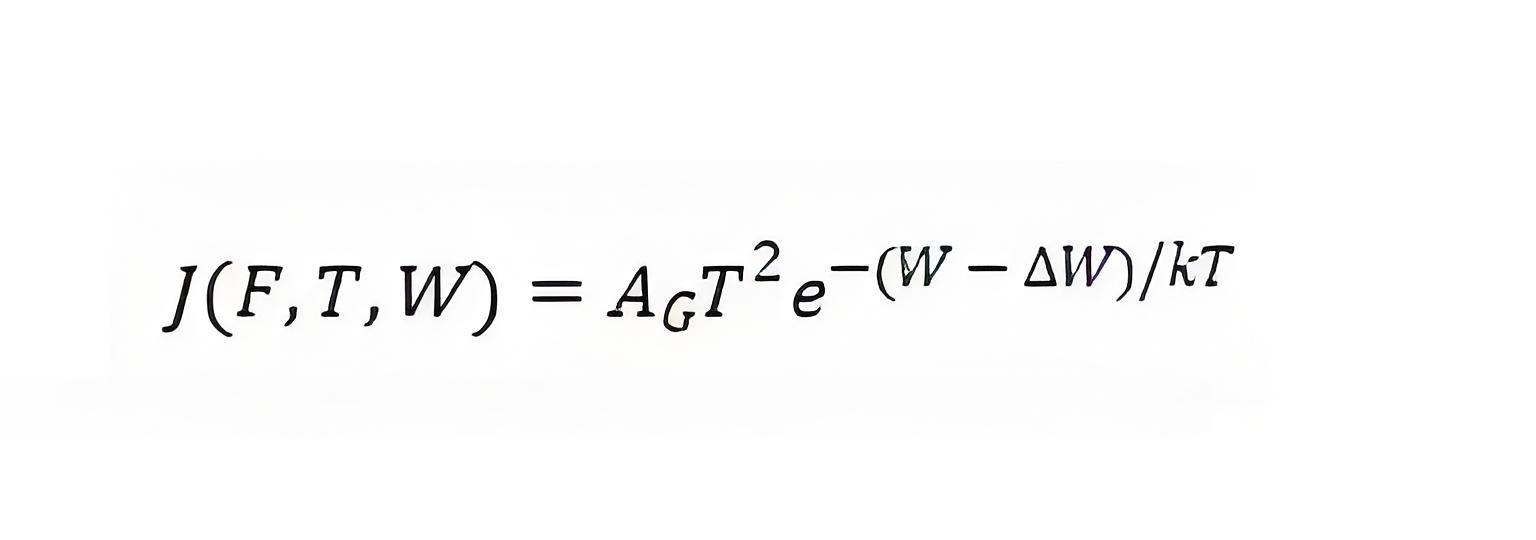
This equation describes the Schottky effect or field-enhanced thermionic emission, which occurs when a moderate electric field (lower than about 108 V/m) is applied to a heated material.

Field Emission
When a very high electric field (over 108 V/m) is applied to a heated material, a different electron emission occurs called field emission or Fowler-Nordheim tunneling.
In this case, the electric field is so strong that it creates a very thin potential barrier that allows electrons to tunnel through it without having enough thermal energy. This type of emission or tunneling is independent of temperature and depends only on electric field strength.
The combined effects of field-enhanced thermionic and field emission can be modeled by the Murphy-Good equation for thermo-field (T-F) emission. At even higher fields, field emission becomes the dominant electron emission mechanism, and the emitter operates in the so-called “cold field electron emission (CFE)” regime.
Applications
The Schottky effect is utilized in devices like electron microscopes, vacuum tubes, gas discharge lamps, solar cells, and in nanotechnology.
Summary
The Schottky effect is a phenomenon in physics that reduces the energy required to remove electrons from a solid surface in a vacuum when an electric field is applied to the surface. It increases the discharge of electrons from the surface of a heated material and affects the thermionic current, the surface ionization energy, and the photoelectric threshold.
The Schottky effect occurs when a moderate electric field lowers the potential barrier that prevents electrons from escaping from the surface, which decreases the work function and increases thermionic current. The relationship between thermionic current density and temperature, work function, and electric field strength can be described by a modified Richardson equation.
The Electricity Encyclopedia is dedicated to accelerating the dissemination and application of electricity knowledge and adding impetus to the development and innovation of the electricity industry.


